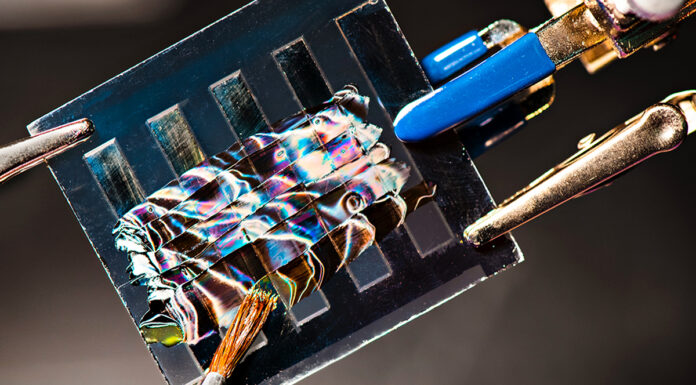There are now more than 2 million solar systems installed in the United States. The popularity of solar has soared in recent years, and it is an appealing option for many homes and businesses. If you are thinking of going solar, follow these tips to avoid some common mistakes and pitfalls.
Start with Energy Efficiency
The United States is the worldwide leader in wasting energy. Before going solar, consider how much energy your home or business really needs. This is most important if you want your solar panels to generate most of your power and is also essential for financial reasons.
In most states, utility companies compensate consumers for solar energy fed to the power grid under net metering. At the end of a one-year period, your electric consumption and solar credits are tallied. If your solar system produced less power than your home consumed, you must then pay the difference. Unfortunately, if the solar panels produced more energy than you used, surplus solar energy credits are typically reset to zero. Thus, most solar system owners won’t get compensated for excess solar electricity, making accurate solar system sizing important. Net metering laws, however, vary by locations so research your area to better understand the policies.
In many cases, it is less expensive to boost home energy efficiency than buy a larger solar system. In many homes, the cooling system and the water heater can account for a lot of your total electricity use. Also, look for appliances that are underutilized yet always on, such as a surplus chest freezer or an unneeded dehumidifier.
Consider Future Energy Use
Are you considering installing a heat pump for heating and cooling or getting an electric vehicle? Do you expect more people to live in the home in the near future? Are you home use patterns going to suddenly change, perhaps from retirement or starting a home business?
These are all important things to consider when sizing your solar system. If you expect your electricity use to change soon, take this into account when sizing your system. It is generally more expensive to add capacity later than during the initial installation.
Closely Consider the Best Solar Panel Location
Ideally, solar panels are mounted on a south-facing roof with good solar exposure. Although it sounds obvious that solar panels produce more power when in the sunniest location, sometimes good locations are overlooked, such as a garage, barn or outbuilding.
Beware of Trees
Although trees are wonderful, they can shade solar panels. Even winter branch shade from deciduous trees can have a big impact on overall production. In some cases, trimming or even removing a tree can have a dramatic impact on future energy production.
Also, be careful of where you plant trees after installing solar panels. One way is to avoid planting species that will get tall and stick with trees that will be shorter than the solar panels. If you live in the Northern Hemisphere, the north side of the home or business is ideal for planting trees because they won’t shade the panels. A tree on the east side of the home could eventually shade the morning sun, while a tree on the west side would shade the evening sun. Planting a tall tree on the south side of the home could have the biggest impact on mid-day sun, which is critical for overall production.
Replace the Roof First if Necessary
Solar panels are designed to last 25 to 30 years. Unfortunately, it can be expensive to remove and reinstall the solar panels when replacing the roof. If your roof is wearing out and needing to be replaced soon, complete the roof work first and then install your solar panels. Standing seal metal roofs are ideal because of their long lifespan. In some cases, it is possible to complete some roof repairs around the panels, depending on the roof work needed and the panels’ mounting system.










